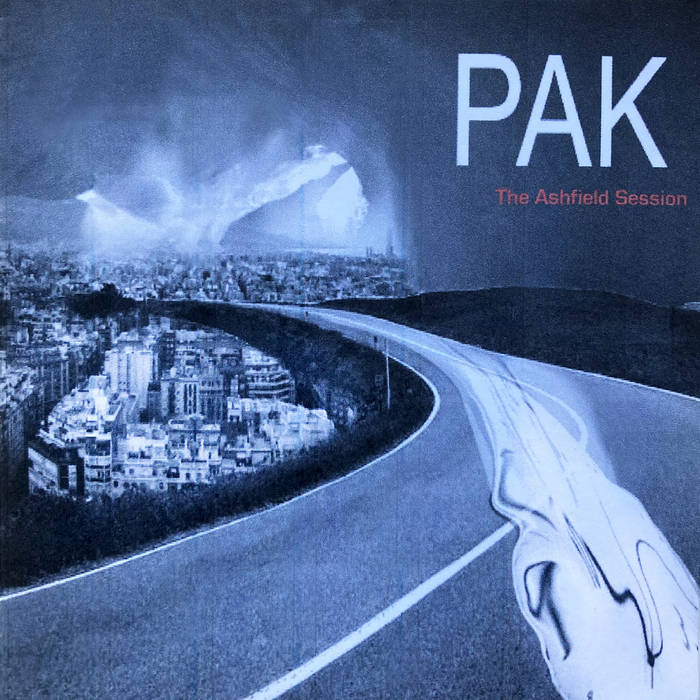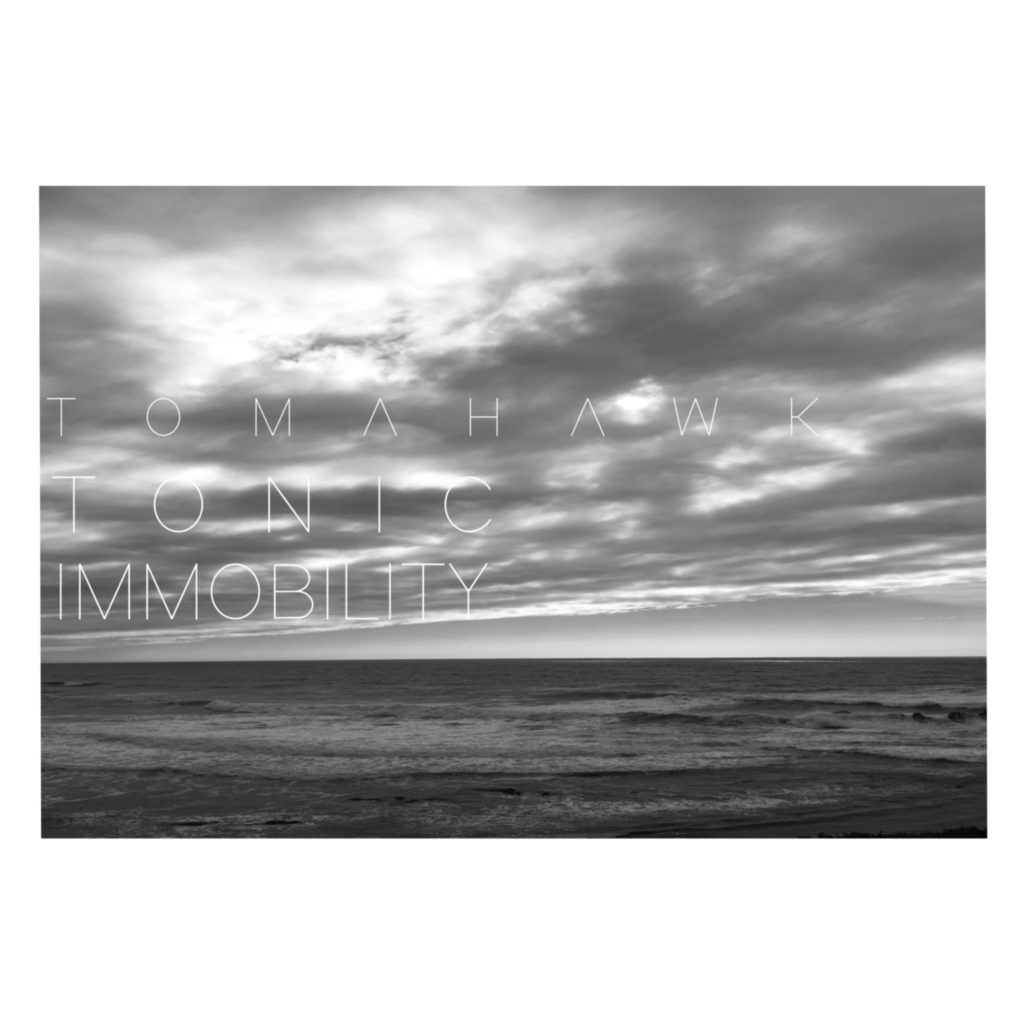“Ron Anderson is the best kind of madman. There’s just no other way to say it.” So I wrote for The Brooklyn Rail way back in 2011 when John Zorn’s Tzadik label released Anderson’s Secret Curve, an 11-track cluster-fuck that sounds like an unlikely liaison between swing and math rock at 150 beats per minute.
This fall, Anderson is peeling back the curtain – at least enough to get a little taste of what’s lurking behind. The New York City-based musician has released on Bandcamp only a remastered version of a CD-R he circulated among friends in 2008, which features early takes of the Secret Curve material from Anderson’s famed PAK trio. This thing will blow your goddamned mind.
The Ashfield Session – appropriately recorded at a studio in Ashfield, Massachusetts, on 13 September 2008 – is certainly raw. Yes, it lacks some of the colors and mind-fucking-blowing fluorescence that permeated Secret Curve. But questions of fidelity aside, it’s essential to anybody who ever has traveled in or neared Anderson’s orbit. In particular, conscientious listeners will notice Anderson’s occasional vocals standing in for parts later sanctioned by trumpet, and Tim Byrnes’ keyboard rarely attempts the brilliant piano phrasings of the 2011 LP. But, above and beyond that, it’s a startling document chronicling the evolution of these incredible songs, which remain some of Anderson’s and his PAK trio’s finest.
The recording opens with a medley of two songs from Secret Curve – “Let Me Tell You Something” and “Caffeine Static Rendezvous”. Anderson, whose primary instrument is/was guitar, sounds immediately comfortable and locked in on bass, and his burbling, stop-on-a-dime notes drive forward the material in its rawest form. You do, at times, begin to wonder why Anderson is not primarily a bass player. “Let Me Tell You Something”, in particular, features an extended and rather righteous meltdown on strings by Anderson that will beat up your predetermined notions of rock strutting. But “Caffeine” steals the show, with drummer Keith Abrams doing an incredible job keeping time and making the song’s meters dance among all of this madness.
“Caro Kann”, another superb Secret Curve standout, appears in fairly fleshed-out form, with Abrams and Anderson staying, pretty amazingly, in lock-step as they race circles around each other. One bridge in particular, where Anderson strums full chords on the bass and then offers fills and arpeggios of vaguely Middle-Eastern scales, is still intact and breathtaking.
“Tulun” is a bit of an oddity — a full song that technically never appears on Secret Curve. The track is an expansive, capital-M Minimalist riff, and it’s a pretty meaty one that will sink its teeth into your cerebellum and not let go like some stubborn junkyard dog. Some of its rhythms and bridges are disposable; elsewhere, they will sound familiar to those revisiting the 2011 LP. “No Future”, presented here with Anderson occasionally barking lead vocals, has an almost punk-like vitality. “Secret Curve”, the title track to the 2011 LP, is as ingenious and dizzying as ever, like a fatal head wound delivered straight from your lover.
Of course, some things don’t make Anderson tip his hand too much. There’s no “Mama’s Little Anarchist” demo, no early cut-up practice for the Secret Curve sound experiment “E4 or D4?” But what Anderson does show here is a breathtaking grasp and understanding of the form of his best work, something record reviewers cannot very well say about a lot of underground musicians.
The Ashfield Session ends, just seven tracks and about 40 minutes in, with a rousing take on “Kempelen’s Automaton”, a Secret Curve stand-out. That condenses the entire thesis of the recording session down to a concise and highly pressurized six minutes: Abrams and Anderson are a throbbing, tightly wound bottom end, and Byrnes offers some of the record’s finest trumpet solos. The notes are barbed and catch your ears as they enter. Anderson again continues to paint instrumental narratives with New Wave-style premonitions about what’s coming next. After a rousing descent into madness, the whole trio returns to the fore for one final minute in the recording, revamping an earlier theme from the song – again, at a frenetic pace. A demo recording has never sounded this good. — Justin Vellucci, PopMatters, Oct. 6, 2022
-30-




